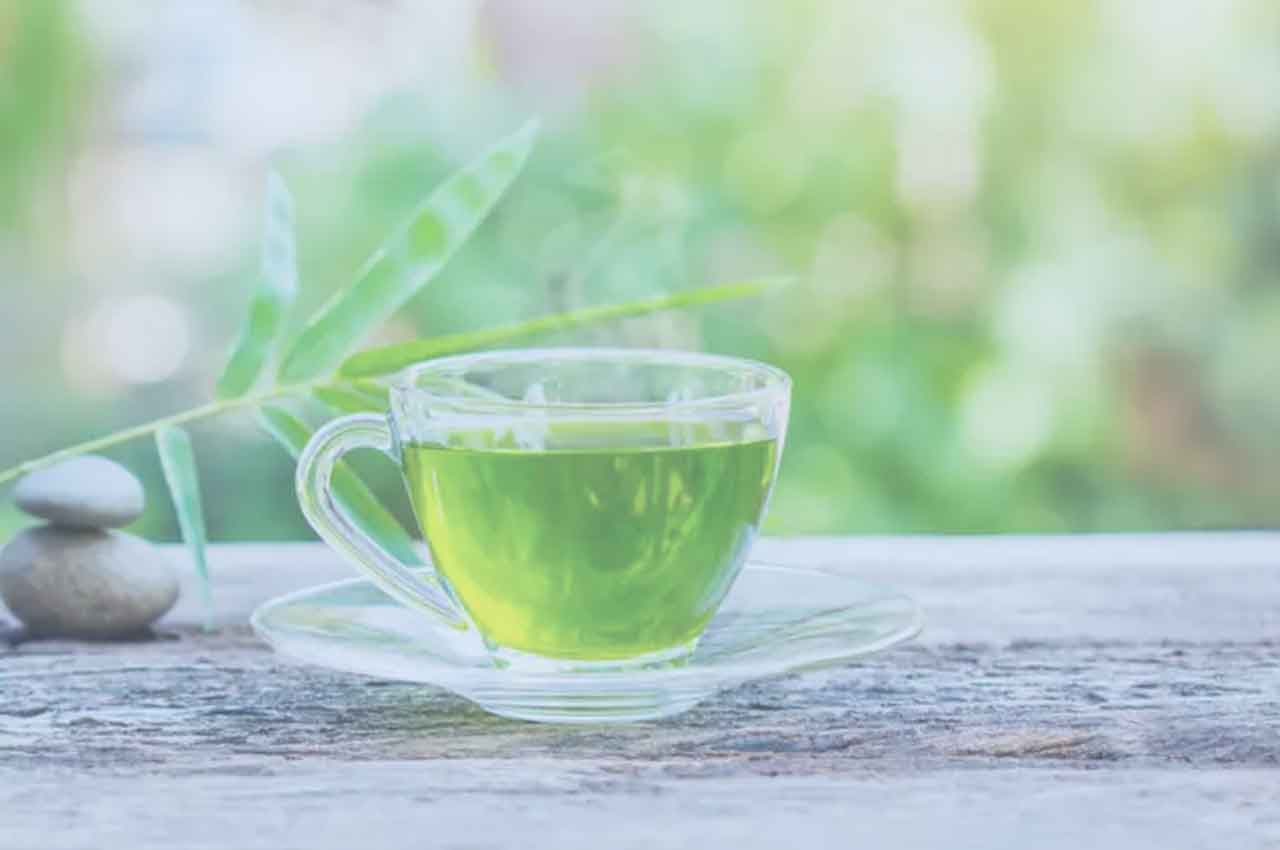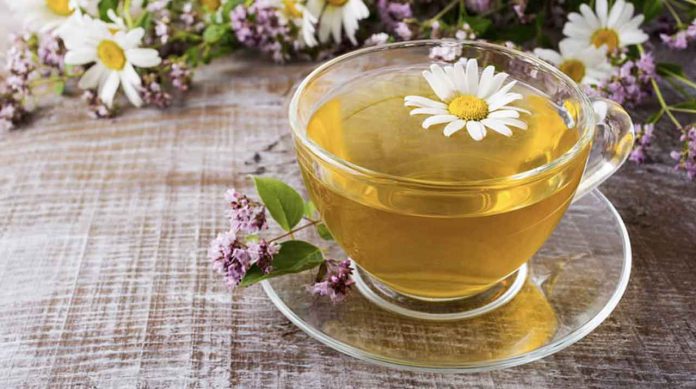It was considered in the old times that Calming Tea could control temper and emotions and calm people. In fact, it has been said to cure many of the diseases and death in China and Japan, due to the numerous benefits of consuming this tea. The Chinese and Japanese also discovered the many health benefits that came from drinking this tea. In Japan, tea was considered the most important beverage after water. This is because of its ability to reduce fevers, ease digestion, and even heal wounds.
These are just some of the benefits of Calming Tea. The people of those cultures that consume it have an:
- Improved immune system
- Enhanced digestion
- Longer life
- Sound mind.
It can calm the nerves and help you sleep better at night. This is because it contains polyphenols that are good for the nerves and help you get a good night’s sleep.
Research studies have shown that these benefits of Calming Tea are brought about by its rich polyphenol content. Polyphenols are what give tea its antioxidant property. Antioxidants help remove free radicals, which can cause damage to your cells. And since most free radicals are caused by toxins, it is best if we can remove them so that our bodies can function optimally. Besides, hot calming tea is an excellent way to relax.
Here are a few calming teas that you should try:
- Chamomile Tea
- Green Tea
- Lavender Tea
- Passionflower Tea
- Lemon Balm Tea
Chamomile tea
Chamomile tea is an herbal remedy that has been widely used for many years, as an herbal remedy for a variety of medical problems. As with most herbal remedies, there are usually reports of people using chamomile tea for its purported health benefits. These reports tend to focus on things such as:
- Improved sleep
- Decreased illness
- Improved moods
- Increased feelings of well-being
Chamomile is one of those herbs that are often associated with holistic medicine and alternative medicine. While it’s true that there are a number of documented cases where the herb has been effective at relieving symptoms related to some types of illness and chronic pain, the claims that are made about its other benefits are usually unfounded. However, the limited research that has been done suggests that chamomile tea might be effective for occasional use when used in conjunction with other herbal remedies. In light of this information, it’s probably best to avoid taking this herb in large quantities if you are currently taking any prescription or over-the-counter medications, because the potential side effects may be worse than the condition you are trying to treat.

Green Tea
Green tea has been touted as one of the most healthy drinks in the world. It is loaded with powerful antioxidants which have several health benefits such as:
- Better memory
- Reduced risk of heart disease
- Enhanced immune function
- Improved mood
- Decreased blood pressure.
Green tea has unique catechin called Epigallocatechin Gallate (EGGC), which has been shown to inhibit the enzyme that is responsible for converting cholesterol into plaque in arteries. Epigallocatechin gallate also has the effect of controlling the release of inflammatory cytokines and free radicals that are caused by everyday environmental irritants such as smoke, air pollution, and UV light from the sun. Thus, EGGC provides a great benefit to individuals who wish to decrease their blood pressure, cholesterol, and body mass index.
The benefits of green tea are not limited to its antioxidant properties. Green tea also contains a number of other polyphenols, which are different from polyphenols. These compounds help to provide some protection against carcinogenic compounds, such as cigarette smoke and ultraviolet radiation. Some of these compounds maybe even more powerful than others and appear to provide an additional level of protection against stomach cancer and prostate cancer, according to some studies. Additionally, it is believed that green tea can protect the cardiovascular system by reducing the formation of plaques within arteries.
Polyphenols are thought to provide several unique benefits to humans, including the ability to reduce the number of certain types of cancer in both animal models and humans. While most of these benefits have yet to be validated in clinical trials, there have been a few studies that indicate the potential for catechins to reduce the risks of heart disease, as well as reducing the risks of various types of stroke. The polyphenols contained in tea have also been found to prevent certain types of cataracts in laboratory animals, and increase the amount of hemoglobin in mice. In addition, according to some research, catechins have the potential to reduce the severity of obstructive pulmonary diseases, such as emphysema, and to prevent certain types of cancers, such as colon cancer and squamous cell lung cancer. Overall, the benefits of green tea seem to be promising for at least some of the longevity benefits.
Lavender Tea
Lavender tea comes in herbal form as a combination of Rosemary and lavender flowers. It is often brewed as a decaffeinated tea and used to relax. Lavender tea contains the antispasmodic and sedative elements of these flowers, which are known to help soothe nerves and calm moods. It is also believed to calm hyperactivity. Other properties of this tea include:
- Reducing pain
- Promoting blood circulation
- Improving digestion
- Stimulating the secretion of digestive acids
- Lowering blood sugar.
A small clinical trial involving 101 people with moderate to mild social anxiety found that drinking four to six cups of lavender tea each day had a significant calming effect on the individuals. It did not result in significant improvement in sleep quality or mood, but the individuals report feeling more relaxed during the course of their daily tea intake. Lavender tea for anxiety is not a cure-all but is reported to be a safe and effective method to use to treat symptoms of social anxiety. One study suggested that the soothing effect of lavender may stem from the plant’s powerful fragrances. The fragrances are thought to have a calming effect on the person’s body by altering brain chemistry to decrease the chemicals that cause feelings of anxiety.
Passionflower Tea
Passionflower tea is indeed a real product that has been used by many people around the world for quite some time. There are many benefits that this tea has to offer and it actually has quite a few distinct advantages. One of these benefits is that it is caffeine-free. Many different products have caffeine in them and this is not a good thing for anyone who is suffering from anxiety. This is because when you suffer from anxiety, it can cause a number of different things in your body including:
- Headaches
- Fatigue
- Nausea
- Stomach aches
Other benefits include the fact that it is made from natural herbs. Some of these herbs have been found to be effective at treating a number of different medical problems. This includes such things as pain relief, immune systems, and even depression. Of course, with all of these different benefits, it is easy to see why so many people use this tea on a regular basis. It is also easy to see why many people are choosing this particular type of remedy over many of the other options available on the market.
Lemon Balm Tea
Lemon balm tea is a familiar kitchen herb. Once native to the Mediterranean, now it grows in all parts of the globe even in drier climates. It belongs to the mint family which tastes and smells of both lemon and mint. Any gardener who loves flowers will enjoy lemon balm; it has many great medicinal benefits, its tasty flavor, and most importantly, for the bee population, it is a pollinator.
Lemon balm leaves can be chewed fresh or added to soups, salads, and also included in cooking to provide a fresh taste to vegetables and fruits. The fresh leaves can be used either fresh or preserved in a jar or a container by adding water or vinegar to cover the leaves for a time specified on the container. A poultice made with lemon balm leaves can be made by wrapping the leaves with gauze and applying the mixture to the area being treated as a poultice. This is great for sore throats, coughs, or irritations of the respiratory system.
To make a delicious tea, simply boil two lemons with three cups of water. Strain the juice when it has cooled and add one tablespoon of freshly squeezed lemon balm tea leaves. Bring the temperature of the water to just below boiling and place the tea into a tea bag or strainer for extra flavor and garnish with parsley or mint leaves. This is also a wonderful way to get rid of garlic-like after-effects from insect bites. This treatment can be made several times a day, as needed. Drinking lemon balm tea is an excellent alternative to over-the-counter pain medications and is a powerful detoxifying agent.
What is Box Spring?
When you think of a box spring, do you imagine something heavy and bulky? Box springs have definitely come a long way from the bulky iron beds of the past. Today’s box springs are made of more durable materials and are less likely to dent or show signs of wear. Many people love the look of a metal box spring in their bedroom, but what is it used for? Let’s take a look at what a box spring is, how it is used, and where it is most commonly found in your bedroom.
A Box Spring also called a “box coil spring” or a “box shank,” is a mechanism for supporting a mattress by means of wooden slats. Yes, wood is the material that these boxes are usually made of, but the slats of the spring are made up of metal. Metal bed frames were originally designed to cradle a wooden box spring on the sides to evenly distribute the weight put on top of the mattress. This works well, but the metal may become bent, and eventually break under the pressure of the bed frame.
Wood slats can break though, but not metal ones. So instead of just reinforcing the mattress with wooden slats as in the case of the metal bed frame, manufacturers have now developed metal slats that can bend and flex without bending the other way. This allows for greater tensile strength and less wear and tear on the actual mattress.
Do I Need a Box Spring for My Mattress?
The box spring bed’s best use is to support your mattress rather than the other way around. If you want the support of a solid wooden bed frame, that is fine, but if you want to be able to twist and bend a metal box spring so you can use it for storage and not as a bed, then you need a flexible spring-like those on the box springs found on bunk beds, futons, sofa beds, and other similar bed frames.

